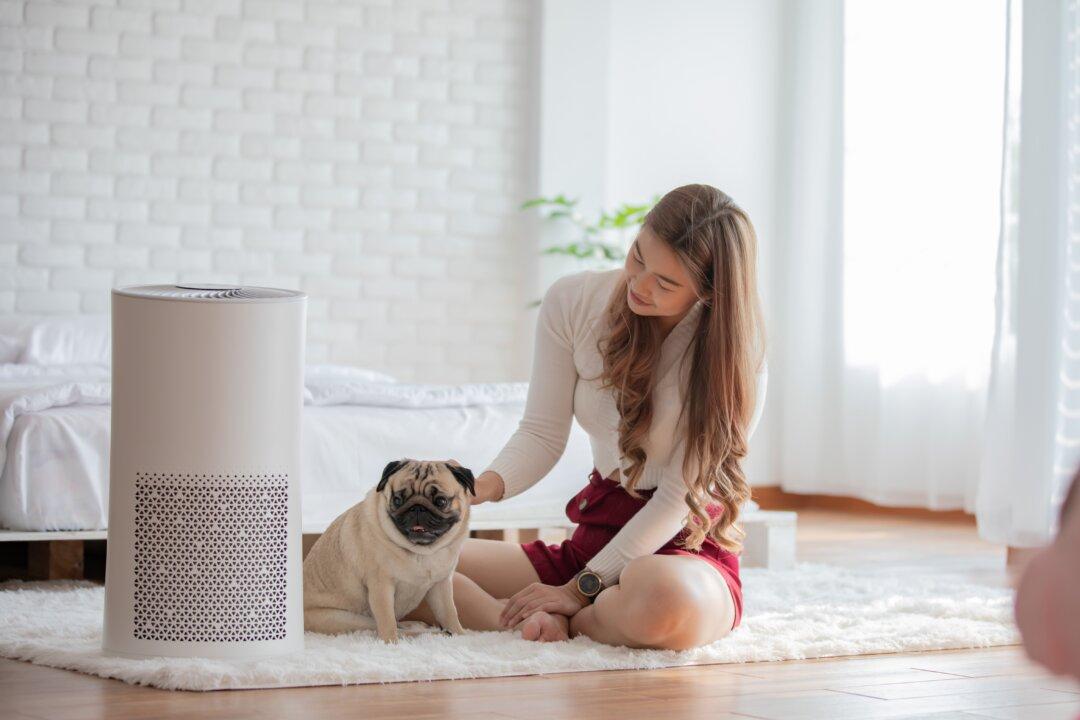One strategy to reduce viral illnesses is to lower the concentration of viruses in the air, which may also improve health issues linked with indoor air pollution. Portable air purifiers, also known as portable air cleaners, are one of the easiest ways to accomplish that.
A recent study published by Cambridge University Press evaluated the use of portable air cleaners to reduce the aerosol transmission of viral disease, specifically COVID-19, in a hospital setting. At the start of 2020, many health experts believed that COVID-19 was spread only through droplet transmission, in much the same way that influenza is spread.






